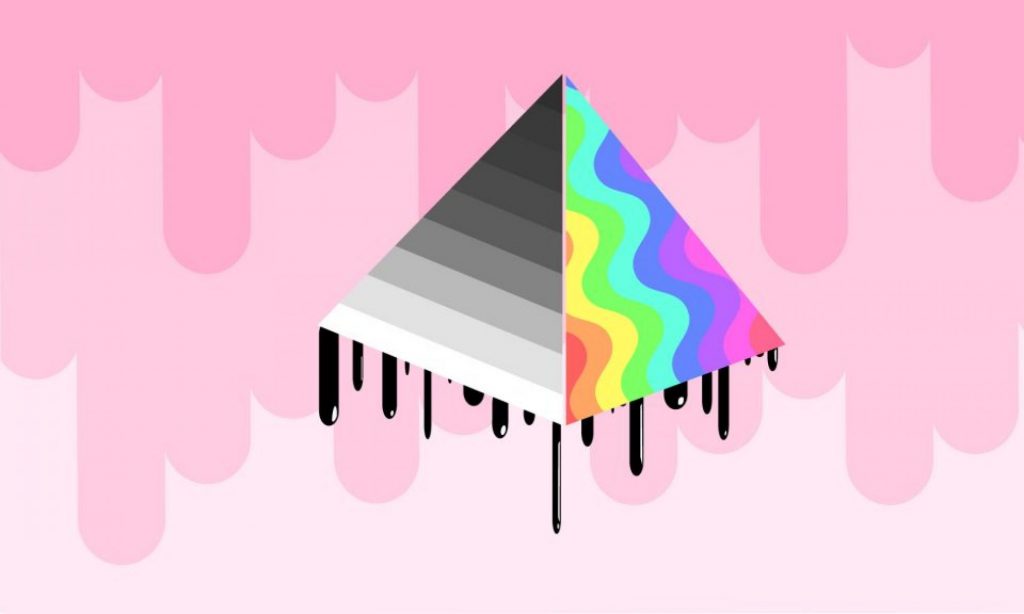I recently watched a VFX Shortfilm called “The backrooms”. This shortfilm was almost completely done in 3D And was masterfully well done in recreating some images i had previously seen of a phenomenon known on the internet as “Liminal Spaces”
Liminal spaces are difficult to define, as in architecture, liminal spaces are defined as the transitional spaces between one destination and the next. This is one of the most common and widely accepted terms of what defines a liminal space, though other things can define a liminal space. There are entire accounts dedicated to the documentation of liminal spaces and liminal space images. Many of these images invoke feelings that are eerie of being alone and isolated, and some can make people feel oddly nostalgic.
As talked about in Solar Sand’s video, there have been many paintings prior to the internet that give a feeling of liminality. And one interesting thing is simply that some images can invoke a feeling of nostalgia with some people, while others do not. I tried this with a group of friends from different backgrounds across a variety of images. These were men and women from different countries and continents, and the range of what made some unsettled and nostalgic was different between each person. Here are some of the images that were shown and could be classified as liminal.
A lot of these images have reoccurring themes, many feel empty, in terms of a rule of thirds, a subject is either too small in a frame or there is a lack of subject, the lighting is either dark or even blurry, and the images can sometimes have no vanishing or focal point. This leads the images to feel almost wrong or hollow in a way. After watching the short film, i wanted to attempt to create something similar. Whether it was a recreation of some of the images, or an amalgamation of these 3D environments into one Animation or experience. I had the idea of melding together many of these environments to make something look almost like a dream. In a limited release in 1998, a game was released in Japan titled LSD: Dream Emulator.
This game uses many different 3D Models that are generated in levels that make the game more of an experience then truly a game. In which the player moves around areas that all mesh together in a dreamscape of the creator’s documented dream journal. There are dark areas, vanishing horizon points and everything feels oddly and almost creepily like a dream. I decided i wanted some environmental 3D Modelling practice, and to attempt to make some similar environments. I started with one of the most infamous liminal space images entitled “The Backrooms”

Originally i went about attempting to do a projection map in Maya to recreate the image. I changed some of my layout panels to more easily edit the camera and keep one of my views untouched to keep looking at the progress and scale.
Originally i had went about wanting to use projection mapping and matching to use textures, and using this method to create the scale of the room. However through experimentation, i figured if i was going to have the camera move at all from these points, projection mapping may not be the way to go, though i could still use the enviornment image plane through a camera to get a rough sense of what the scene would look like, and then scale the walls and space them out more properly. The walls were looking fairly bland, so i went about finding an image texture for them online, and then adding a very rough wavy geometry as a placeholder for the ground at the time, and then experimenting with setting up some more lights. I adjusted the walls to have less specular and the ground to have a higher bump and created some small trimmings around the walls bottoms.

While the original didn’t have it, i also experimented with adding in some fog to the scene similar to what i had done in my room build, though i was using much more in this build and make it much more eerie. This experimentation with the fog will most likely be used later on when experimenting more with the outdoor scenes that require lights.
Currently one of the things I’m working on is making some rudimentary overhead lights, as the original uses tube florescent bulbs, I’m working on creating some simple tube mesh lights that will stick to the ceiling and create a florescent glow on the scene, as the lighting for this scene will be one of the most important things.
Next my main focus will be on fleshing out the lighting and colour of the scene.

